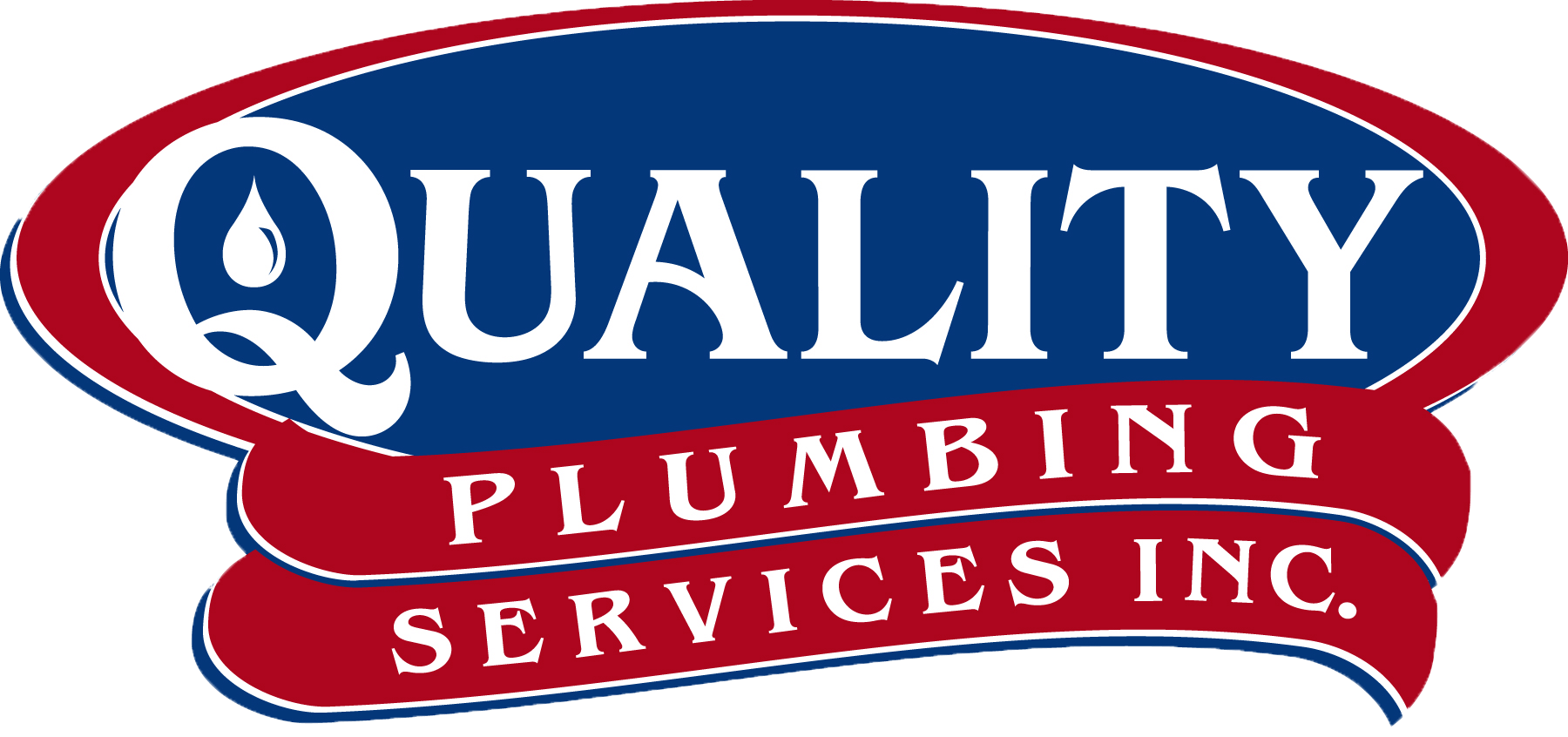Don’t Forget to Check These 4 Plumbing Fixtures Before Buying Your Next Home
- Plumbing Services

Buying a new home can be a really exciting time with big plans, big dreams . . . and if you’re not careful, a really big bill to fix up anything that was missed in a home inspection. Fortunately, there are quick and easy ways to ensure that 4 major plumbing fixtures are up to snuff before you sign on the dotted line — saving you major money in emergency bills! Add to your peace of mind and let your excitement flow freely by checking out your sewer system, water heater, toilets and pipes before you make the final commitment to buy a new home.
Save Yourself Some Suffering
Sure, there might be a slight upfront cost in getting someone qualified to come take a look at the plumbing fixtures, but that’s nothing compared to some of the pains you’re likely to experience if you give this step a miss:
- Wasted Time. What could possibly be more fun than sitting at home and waiting for a repairman to show up and fix your plumbing? Probably just about everything other than major dental surgery.
- Daily Annoyances. Some people would argue that the inability to take a shower for several days while you’re trying to get on someone’s repair schedule is a bit more than an annoyance — and we agree! Don’t give up the little conveniences like the ability to wash your clothes, hair and dishes due to broken pipes.
- Out-of-Pocket Costs. Plumbing problems can be incredibly expensive, making it important to add on any necessary upgrades or fixes to your contract for the seller to pay for before you decide to purchase a new home. Putting your family in the situation of having to take out a loan to pay for new toilets is not going to make you very popular in your home.
Keep Your Plumbing Fixtures Flowing Freely
When you work with a qualified plumber to determine what (if any) fixes are needed for your home before you purchase, you’ll see some real benefits such as:
- You’ll rest well at night knowing that your family is well-protected by any kind of malignant bacteria that could float around from faulty plumbing.
- Your family’s financial future is secure because you’re not faced with the burden of thousands of dollars in repairs.
- When your plumbing is working correctly, you’ll find that everything else in life just . . . well, flows.
- Security of knowing that your family’s water supply is safe, and that you’re not introducing toxins into your family’s home.
Check These Plumbing Fixtures First
When you’re buying a new home, there are certain plumbing systems that you’ll want to have checked out by a certified plumber, such as:
- Main Sewer. Knowing that the toilets flush properly and water isn’t backed up in the sink is not enough to ensure that the sewer system is working as it should. Check with the current homeowner to see when the sewer system was last serviced, and invest in a simple camera inspection by a qualified plumber. You might be surprised the thousands of dollars you can save by finding problems before they grow in scope.
- Water Heater(s). No one likes a cold shower, so knowing that your water heater(s) have been correctly installed and are operating within their required parameters is an important task before you buy a home. It doesn’t hurt to ask when the water heater was last replaced, either — water heaters are an expensive item and many of them are not built to last more than 10 years or so. Hot, steamy water flowing through your kitchen or living room could ruin expensive flooring and even damage the underpinnings of your home.
- Toilets. Thousands and thousands of lifetime flushes can really impact the ability of toilets to maintain leak-free seals. While a few tiny drips of moisture in various places may not seem like much to get excited about, when you’re dealing with water even a small amount of liquid can cause significant damage to your new home. Have a licensed professional check for softness or discoloration in the flooring around the base of your toilet — both of which are warning signs that there may be something larger that is a problem.
- Pipes. A massive network of pipes lies under and throughout your home, and the groupings of copper, lead and galvanized pipes all work together to keep things flowing smoothly and keep leaks to a minimum. When there’s a breakdown of any element of your pipe system, you could have significant problems both now and in the future.
From sewer systems to pipes, toilets to water heaters — there are all manner of hidden problems that your new home’s plumbing system could encounter. The advice of a trusted and reliable plumber is critical to ensuring that you are not overwhelmed with repairs soon after you move into your new home. Contact us today to learn more about getting a pre-purchase inspection for your new home.
Call Quality Plumbing Services Inc. today!














